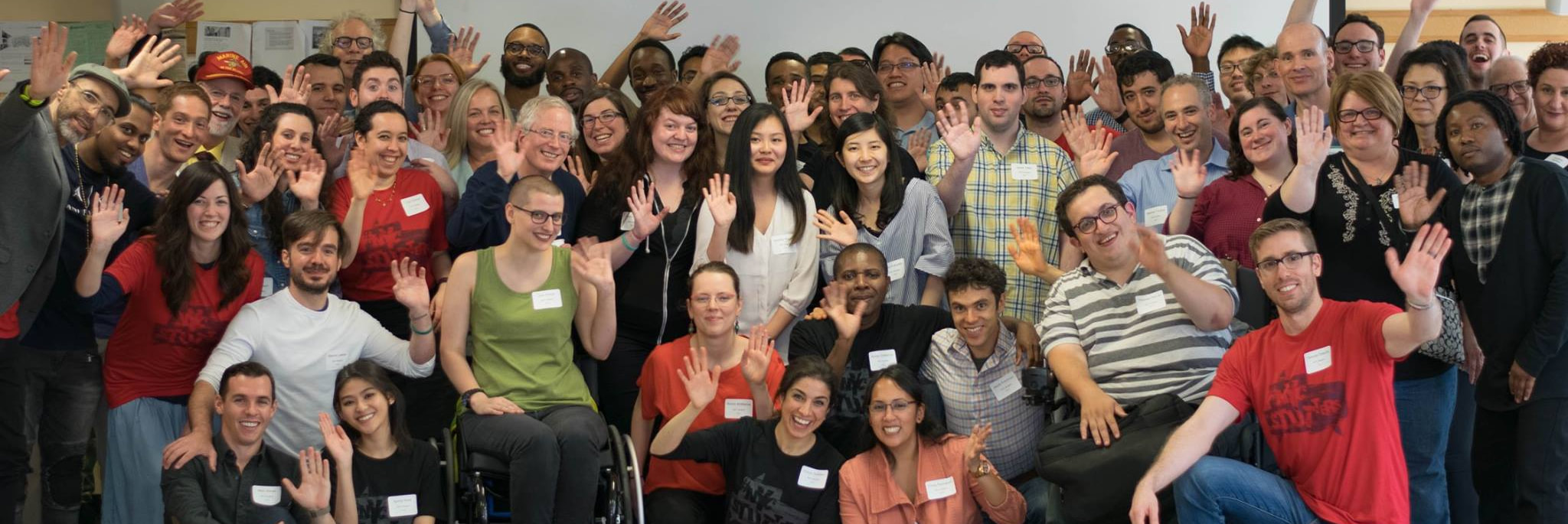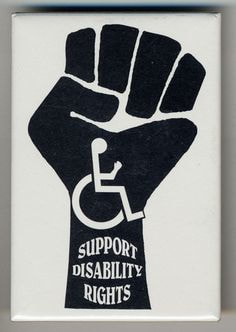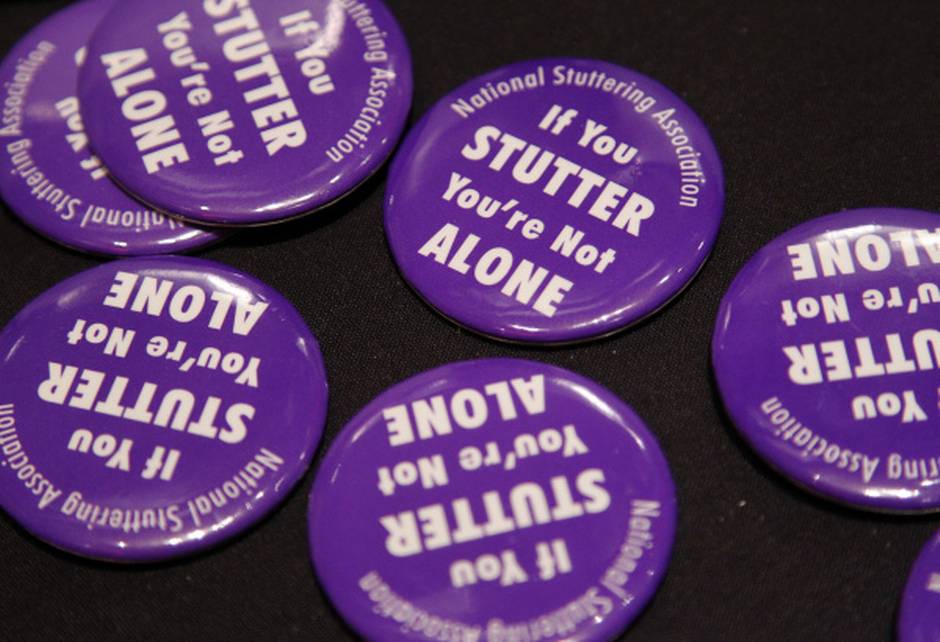 Source: Webmd
Source: Webmd The power of stammering on purpose is well-known within the stammering community and it is included in a wide variety of therapy programs. People who stammer (myself included) are often not too keen to try it (we’ve been trying to avoid stammering all these years!) and take quite a bit of coaxing before giving it a go. It is typically sold in therapy programs as a means to an end. It is way to desensitise the individual to the stammering moment, so as to later gain more fluency and confidence from the reduced anxiety around speaking.
I remember the first time I tried voluntary stammering. It was a profound moment. The sensation I felt is not explained by this torturous medical model understanding. If we look at voluntary stammering from a social model and Stammering Pride perspective we can better understand where its power really comes from.
Voluntary stammering gives the person who stammers the power to convey a consistent stammered identity to society. Let me explain. The variability of stammering has confused people who stammer, therapists and researchers for centuries. People who stammer flitter in and out of a stammering identity in society. I can be fluent during a presentation and then one hour later stammer when getting a bus ticket. Each time we speak are unsure which identity we will occupy: the fluent person or stammering person. Voluntary stammering can give people who stammer power over this flittering between identities. We can willingly display our stammering identity and exert our right to stammer in society. We can reject society’s attempts to push and encourage us to value our fluent identity over our stammered identity; being deliberately dysfluent allows us to proudly display our stammering when normally we would not be able to due to natural fluency. We can then explore what it means to stammer in different moments and settings.
Charles Van Riper encouraged voluntary stammering as part of “a bath of stammering” to desensitise the individual to stammering. Under the social model, creating “a bath of stammering” can find new meaning in desensitising society as well as ourselves to stammering. Each time we stammer we increase the visibility of stammering in society. This most often will be our local society, family or friendship groups, but sometimes it may be much larger if we stammer on television and the radio. Voluntary stammering can be therapy for society. By stammering more, we can create a safer space for ourselves and future generations to stammer in.
Stammering on purpose also provides us the opportunity to redesign our stammering behaviours. As people who stammer go through life we can pick-up behaviours that become part of our stammering – for example, foot tapping or head bobbing during a block. These may have become a part of our stammer as we tried to find ways to be fluent – by using a metronome device or by forcing words out. Voluntary stammering allows us, if want we to, to look at these aspects of our stammering again and stammer in the way we want. It can allow us to stammer free of old struggle behaviour. We can design a part of our stammering identity.
Voluntary stammering is a revolutionary act. It enables us to willing embrace our stammering identity. It provides people who stammer the chance to design part of their own stammering aesthetic as well as tackle societal prejudices at the same time. It is a gift from the medical model that can keep on giving in a social model set-up.
-Patrick Campbell








 RSS Feed
RSS Feed
